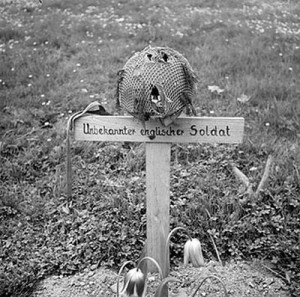
Born in Poland, Jacob Bresler, 16-years old, survived 5 concentration camps. He lost his entire family to the Holocaust. After spending 2 years at the Landsberg DP (displaced persons) near Munich Germany, Jacob moved to the United States. Mr. and Mrs. Samuels took him into their family and treated him as their son. Jacob went into the US Army, became a television producer, restaurateur, and successful businessman before retiring.
Jacob was fortunate—he was one of very few children who survived.
Shortly after World War II ended, the BBC (British Broadcasting Corporation) produced a series of radio broadcasts with the purpose of attempting to locate relatives of the children who survived the Nazi concentration and extermination camps. If the children found their living relatives, most of the stories did not have happy endings like Jacob’s story. Most of the children were rejected or treated shabbily by their relatives.
I am researching the material for my fourth book, Where Did They Put the Gestapo Headquarters?–A Walking Tour of Nazi-Occupied Paris (1940-1944) . There are many stories contained within those 4 years of occupation—many of the stories are not very nice. In fact, there are many disturbing stories.
One of the most disturbing is the story of deportation of young French children. The Vél d’hiv raffle or Grand Roundup took place in Paris over 2-days starting 16 July 1942. A total of 12,884 Jews were arrested and moved to Vél d’hiv (a giant bicycle racing covered arena). From there, they were moved to a detention camp known as Drancy located on the outskirts of Paris. This was their last stop before being herded into the cattle cars and taken to Auschwitz. Between 17 and 30 September 1942, 34 convoy trains carrying 33,000 French Jews left Drancy for the extermination camp.
July 1942 was the month the Nazis decided to deport Jewish children regardless of age. The French government known as Vichy agreed. Their reasoning was that they didn’t want the children growing up and figuring out the government’s complicity in having their parents and families murdered. The ages of the deported children ranged from babies to teenagers.
More than 11,000 children from Paris were deported to the extermination camps during the period of occupation. It is estimated that only 300 survived.
Jacob Bresler, 86-years young, continues to this day to search for members of his family.
Read the entire BBC article: Tracing the children of the Holocaust
Do we have a lot of stories? Of course we do. I’m looking forward to sharing these with you. Please continue to visit our newsletter and blog. Perhaps you’d like to subscribe so that you don’t miss out on the most recent newsletter and blog posts.
Thanks so much for following my newsletter and blogs as well as my little journey through this incredibly interesting process of writing a series of niche walking tour books based on European historical periods or events.
Please note that I do not and will not take compensation from individuals or companies I mention or promote in my blog.
Are you following us on Facebook and Twitter?
Copyright © 2015 Stew Ross


